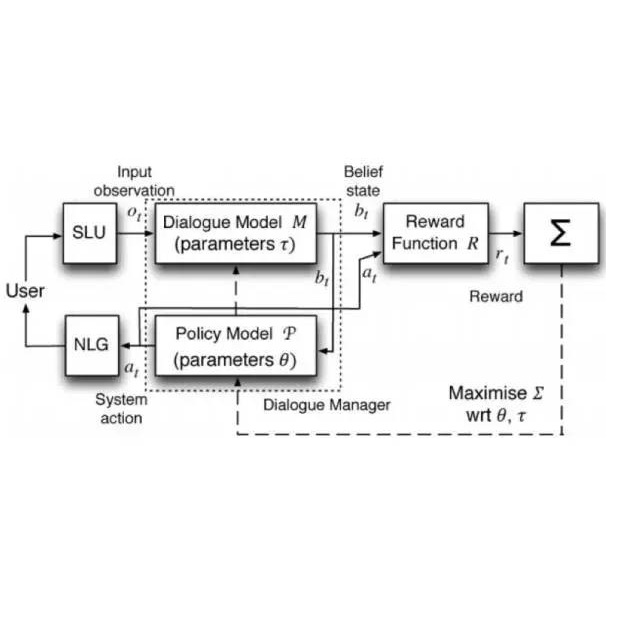Enabling the machines with empathetic abilities to provide context-consistent responses is crucial on both semantic and emotional levels. The task of empathetic dialogue generation is proposed to address this problem. However, lacking external knowledge makes it difficult to perceive implicit emotions from limited dialogue history. To address the above challenges, we propose to leverage multi-type knowledge, i.e, the commonsense knowledge and emotional lexicon, to explicitly understand and express emotions in empathetic dialogue generation. We first enrich the dialogue history by jointly interacting with two-type knowledge and construct an emotional context graph. Then we introduce a multi-type knowledge-aware context encoder to learn emotional context representations and distill emotional signals, which are the prerequisites to predicate emotions expressed in responses. Finally, we propose an emotional cross-attention mechanism to exploit the emotional dependencies between the emotional context graph and the target empathetic response. Conducted on a benchmark dataset, extensive experimental results show that our proposed framework outperforms state-of-the-art baselines in terms of automatic metrics and human evaluations.
翻译:使具有同情能力的机器能够提供符合情理和情感反应,对于语义和情感层面都至关重要。提议了产生同情对话的任务,以解决这一问题。然而,缺乏外部知识使得难以从有限的对话历史中看到隐含的情感。为了应对上述挑战,我们提议利用多种类型的知识,即普通知识和情感词汇,在同情对话的生成中明确理解和表达情感。我们首先通过与两种类型的知识联合互动来丰富对话历史,并构建一种情感背景图。然后我们引入一种多型知识认知背景编译器,以学习情感背景的表达和蒸发情感信号,这是在答复中表达的先导情感的前提。最后,我们提议一种情感交叉注意机制,以利用情感背景图和目标的同情反应之间的情感依赖性。我们根据基准数据集进行的广泛的实验结果表明,我们提议的框架在自动计量和人力评估方面超越了最先进的基线。




